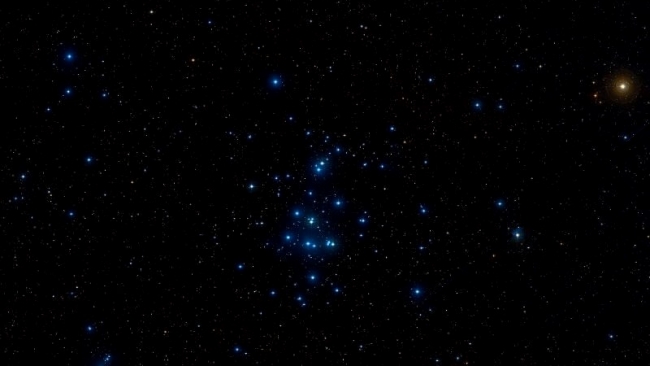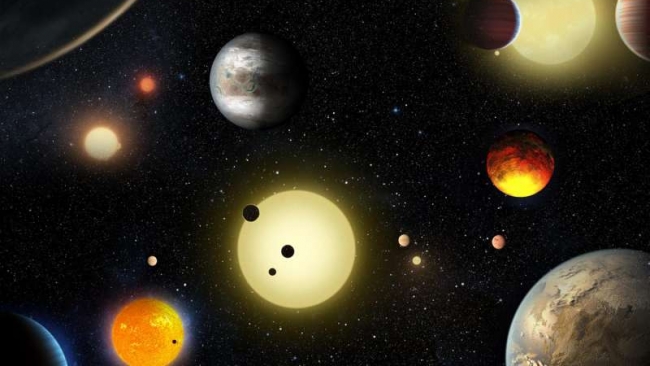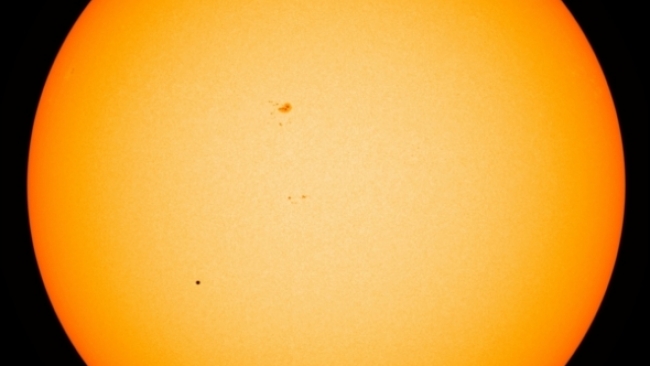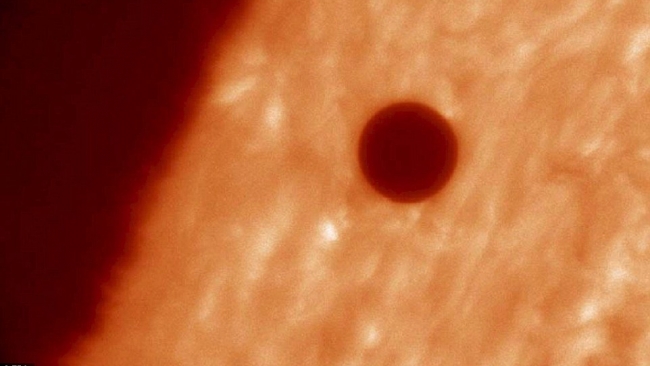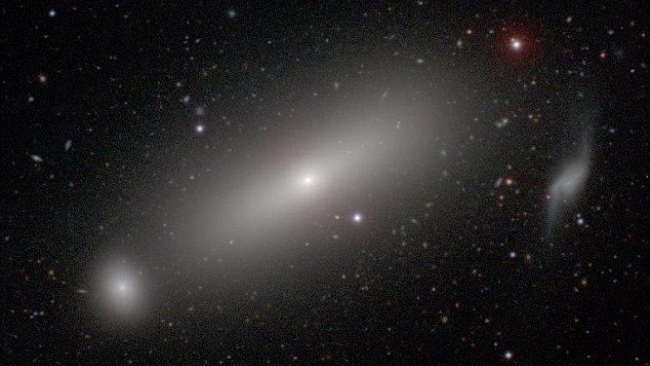Earth's 'magnetic explosion' captured for the first time: Nasa space probes reveal how the field interacts with the sun
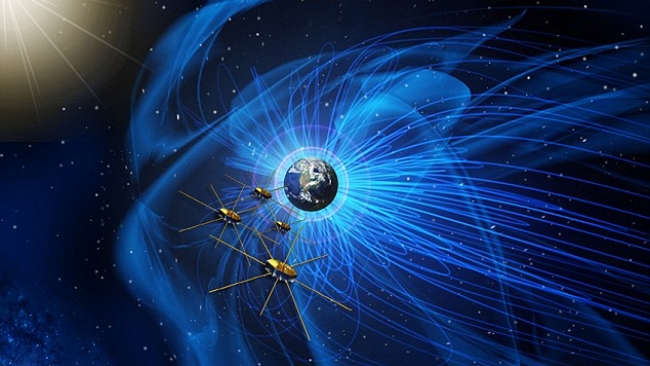
You probably don't think about the Earth's magnetic field every day, but the underrated feature of our planet is just as essential to your life as water, sunlight and air. The magnetic field provides an invisible barrier that protects Earth from streams of charged particles that are shot outward from the sun's outer layers by its own magnetic field. Now a new study has investigated how the two invisible fields produced by the Earth and the sun interact, in a key step towards increasing our understanding of space weather.
The study, led by physicists at the University of Maryland, presents results from Nasa's Magnetospheric Multiscale (MMS), including the most detailed look into the interaction between the magnetic fields of Earth and the sun.
The study also reveals the first direct and detailed observation of a phenomenon known as magnetic reconnection. This involves magnetic field lines coming together, breaking and reconnecting to move in a different direction, releasing massive amounts of energy in the process.
'Imagine two trains traveling toward each other on separate tracks, but the trains are switched to the same track at the last minute,' said Professor James Drake, a professor of physics at UMD and a co-author of the study. 'Each track represents a magnetic field line from one of the two interacting magnetic fields, while the track switch represents a reconnection event.
'The resulting crash sends energy out from the reconnection point like a slingshot.'
Evidence suggests reconnection is a major driving force behind events like solar flares, coronal mass ejections, magnetic storms, and the beautiful northern lights. A separate study published earlier this week showed magnetic reconnection was the mechanism behind the slow solar wind.
Researchers have tried to study reconnection in the lab and in space for nearly half a century, but the MMS mission was the first to directly observe how reconnection happens. 'Just looking at the data from MMS is extraordinary.
The level of detail allows us to see things that were previously a blur,' said Professor Drake, who served on the MMS science team and also advised the engineering team on the requirements for MMS instrumentation. 'With a time interval of three seconds, seeing reconnection with Cluster II was impossible.
'But the quality of the MMS data is absolutely inspiring. It's not clear that there will ever be another mission quite like this one.'
Simply observing reconnection in detail is an important milestone, but the work is not over yet. A major goal of the MMS mission is to determine how magnetic field lines briefly break, enabling reconnection and energy release to happen.
Understanding the behaviour of electrons during a reconnection event will help scientists devise a more accurate description of how reconnection works.
In particular, it will reveal whether it occurs in a neat and orderly process, or in a turbulent, storm-like swirl of energy and particles.
Source: Daily Mail
Fri 13 May 2016 at 07:38
